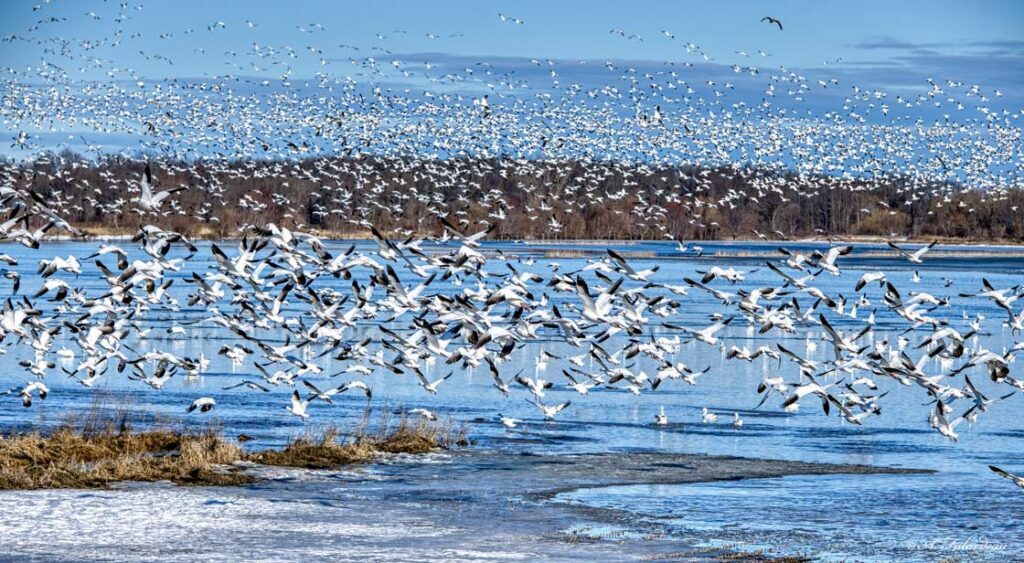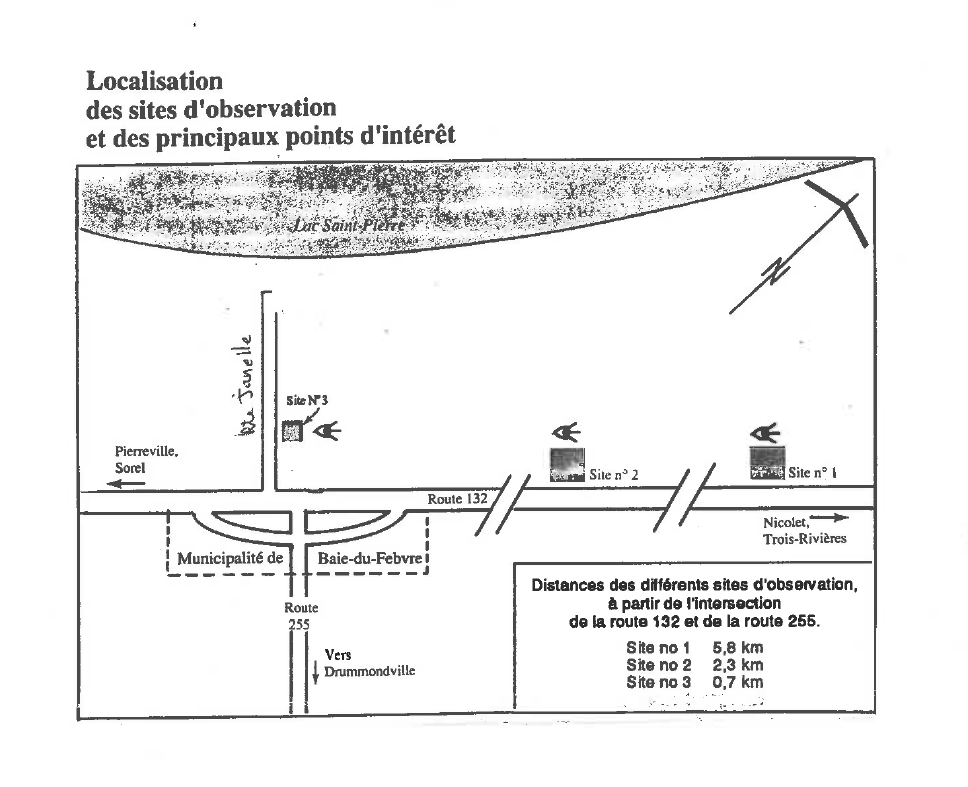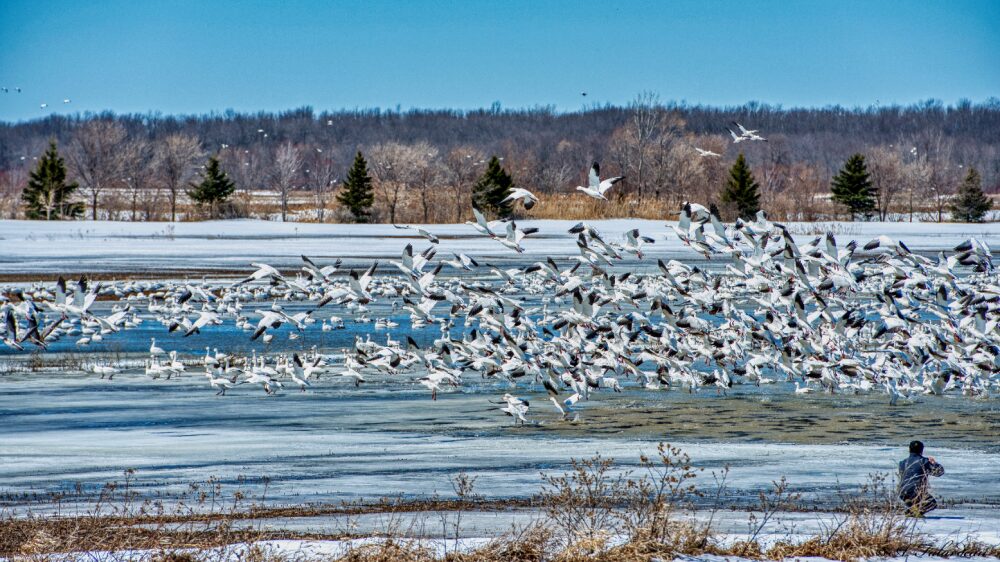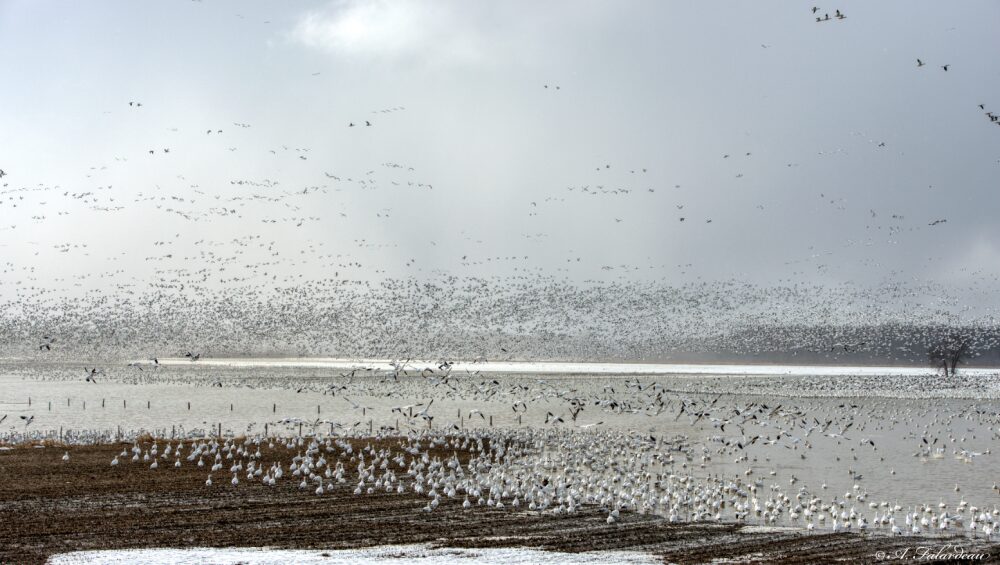Description
Predicting the arrival of the geese in our region can be challenging. Keep an eye on our Facebook page (Tourisme Nicolet-Yamaska) for updates.
They usually arrive around April. Every spring, towards the end of March, the snow geese flying to Baffin Island stop in the fields of Baie-du-Febvre to refuel. They feed on the grain left in the fields after harvest. Thousands of visitors come to admire the magnificent spectacle of these birds’ flights.
This site (RAMSAR) is recognized as a Biosphere Reserve by UNESCO.
Best Times for Observation ?
Their daily movements are influenced by climatic factors such as wind, rain, and the availability of food in the fields. On sunny days, they leave the water bodies along Route 132 at sunrise and return by mid-morning. They leave again around 4 PM and come back in the evening. On stormy days, with wind or rain, they do not return during the day, only in the evening.
Their evening return is a magical moment, but it lasts longer. This return begins about an hour before sunset and continues almost as long after dusk. You should at least witness their morning departure, where you can see thousands of birds take off simultaneously.
Please note that the Interpretation Center closed and the building was sold in 2020.
- First Observation Site : On Route 132, across from 550 Route Marie-Victorin.
- Second Site : On Route 132 at the “La Bernache” site, next to 513 Route Marie-Victorin.
- Third Site : On Route Janelle, a Tunnel-hide is installed at the wastewater ponds. This site is very popular and recognized by ornithologists.
In the fall, the geese do not stop at Baie-du-Febvre. The spring resting areas have become cereal fields, mainly corn.
Why Baie-du-Febvre?
Each year, from March to May, Baie-du-Febvre hosts nearly 500,000 snow geese migrating to their breeding grounds.
The long migratory journey (about 5,000 km) requires a considerable amount of energy in the form of fat. The denticles on their beaks allow them to cut through the soil to access plant rhizome roots for nourishment. The residues from corn harvests left in the fields the previous autumn are a preferred energy source.
The flooded plain, as the snow melts, provides a safe environment. The geese can stay protected from natural land predators such as coyotes and red foxes.
In short, the Snow Goose finds at Baie-du-Febvre each spring a resting area and food for several days before continuing its long migration to its breeding grounds by early June. The quality of their stay at Baie-du-Febvre is crucial for the success of their nesting.
